Dwarf tanganyikan cichlid - Tropheus duboisi
Scientific name: Tropheus duboisi
Common name: Dwarf tanganyikan cichlid
Family: Cichlidae
Usual size in fish tanks: 10 - 12 cm (3.94 - 4.72 inch)
014
Recommended pH range for the species: 8.5 - 8.9
Recommended water hardness (dGH): 10 - 16°N (178.57 - 285.71ppm)
0°C 32°F30°C 86°F
Recommended temperature: 24 - 26 °C (75.2 - 78.8°F)
The way how these fish reproduce: Spawning
Where the species comes from: Africa
Temperament to its own species: peaceful
Temperament toward other fish species: aggressive/territorial
Usual place in the tank: Middle levels
Origin
The Dwarf Tanganyikan cichlid is endemic to Lake Tanganyika where it occupies the deeper water.
Short description
Compared to other species of cichlids that occupy Lake Tanganyika, these are not the most aggressive but they will squabble with other specimens of their own kind. They do not mature to a great adult size, average length for adults being just under 5 inches but they do look impressive as a group in the aquarium. As juveniles there body colouration is black which is broken by spots or either white or a yellow colouration, as they mature there colouration changes to a dark blue base which is broken by a yellow or white bar which runs vertically down the main body. Due to their more peaceful disposition they do make a good species for novice keepers new to keeping African cichlids. You may also hear of these fish referred to as the White spotted cichlid due to their juvenile colouration.
Lifespan
If cared for correctly the Dwarf Tanganyikan cichlid should have an average lifespan of between 5-8 years but there are cases of these fish living even longer.
General care
The minimum sized aquarium that should be used for housing the Dwarf Tanganyikan cichlid should be at least 4 feet in length and one foot wide ( 120 cm x 30 cm).This is fine for a small group but larger groups will require larger aquariums. Sand should be used for the substrate and the decor is a matter of choice but to keep in line with the lake adding some rocks in the background to provide hiding places works well.
The temperature range should be set between 24-26°C (76-79°F) and the pH should range between 8.5-8.9. These fish will require a fully cycled aquarium with stable water parameters and they also demand high water quality so regular water changes are a must as is using a filtration that can cope with high waste producers such as these.
High oxygen levels in the water column are required so aim the outlet nozzle from the filters towards the water surface to increase gaseous exchange.
Feeding
All foods offered should be accepted by the Dwarf Tanganyikan cichlid but they will require extra vegetable matter in their diet. Use cichlid pellets or a quality flake for the staple diet but this should be varied with treats of live or frozen foods such as brine shrimp or bloodworms. For extra vegetable matter include blanched peas, spirulina flake or chopped cucumber.
Sexing
Not an easy species of fish to sex, it is probably best to purchase a small group and allow them to pair naturally.
Breeding
The Dwarf Tanganyikan cichlid are a maternal mouthbrooder, they are quite easy to breed once you have obtained some pairs. It is best to purchase as a small group and allow them to pair as they mature. It is best to keep a harem of females with one male in the breeding tank as two males will be extremely aggressive towards each other. When spawning the eggs are deposited over rocky areas and once the fertilised the female will scoop them into her mouth for incubation. It can take up to 30 days for the fry to be released so during this time it is very important to keep the female stress free, premature release of the fry will incur losses.
Once released the fry can be fed on newly hatched brine shrimp or infusoria until they are large enough to handle the same foods as the parent fish.
Pictures
Bought by aqua-fish.net from jjphoto.dk
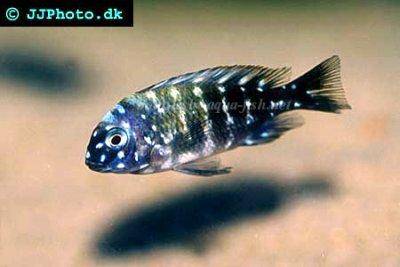


 Thread-finned
Thread-finned  Acara
Acara 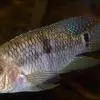 Yellow
Yellow 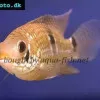 Patrick's
Patrick's  Blue
Blue 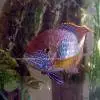 Green
Green  Acara
Acara  White
White  Compressed
Compressed 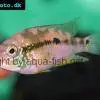 Pastel
Pastel 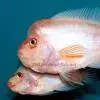 Midas
Midas 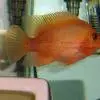 Red
Red 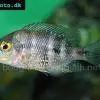 Bluemouth
Bluemouth  False
False  African
African 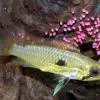 Agassiz's
Agassiz's  Banded
Banded  Yellow
Yellow 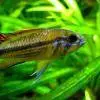 Cockatoo
Cockatoo 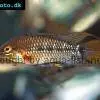 Blue
Blue  Blackstripe
Blackstripe 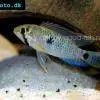 Highfin
Highfin 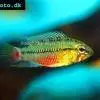 Redstripe
Redstripe  Threadfinned
Threadfinned 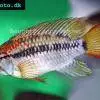 Macmaster’s
Macmaster’s 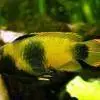 Panda
Panda 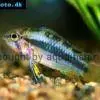 Norbert’s
Norbert’s 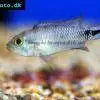 Blue
Blue 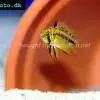 Thin-line
Thin-line 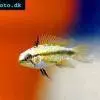 Three-striped
Three-striped  Viejita
Viejita  Flier
Flier 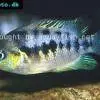 Archocentrus
Archocentrus 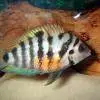 Convict
Convict 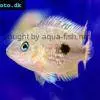 Seven
Seven 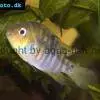 Blue-eye
Blue-eye 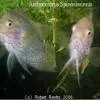 Spiny
Spiny  Oscar
Oscar 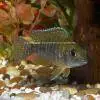 Sunshine
Sunshine 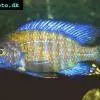 Chitande
Chitande  Firebird
Firebird 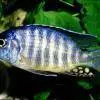 Midnight
Midnight 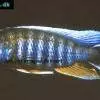 Lake
Lake  Sunshine
Sunshine 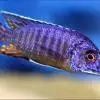 Aulonocara
Aulonocara 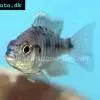 Nyasa
Nyasa  Ruby
Ruby  Grants
Grants 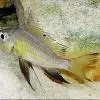 Aulonocranus
Aulonocranus 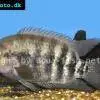 Chameleon
Chameleon 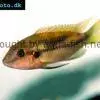 Benitochromis
Benitochromis  Orinoco
Orinoco 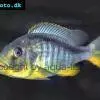 Yellow
Yellow  Brichard’s
Brichard’s 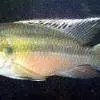 Guenther’s
Guenther’s 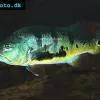 Cichla
Cichla 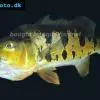 Peacock
Peacock 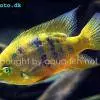 Chiseltooth
Chiseltooth 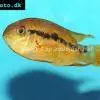 Bolivian
Bolivian 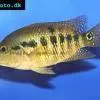 Red
Red 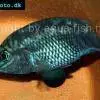 Many-pointed
Many-pointed  Jack
Jack 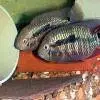 Red
Red  Yellow
Yellow 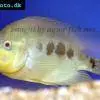 Three
Three 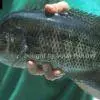 Mayan
Mayan 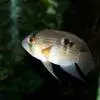 Keyhole
Keyhole  Azureus
Azureus 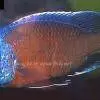 Red
Red 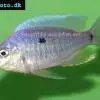 Jackson’s
Jackson’s  Crenicichla
Crenicichla  Honduran
Honduran 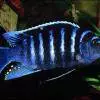 Afra
Afra  Frontosa
Frontosa  Slender
Slender  Malawi
Malawi  Chequerboard
Chequerboard  Checkerboard
Checkerboard 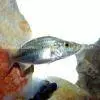 Malawi
Malawi  Ectodus
Ectodus 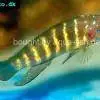 Tanganyika
Tanganyika  Canara
Canara 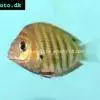 Green
Green 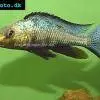 Rostratus
Rostratus 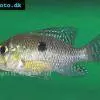 Pearl
Pearl  Geophagus
Geophagus  Yellowhump
Yellowhump 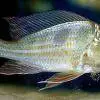 Suriname
Suriname  Redhump
Redhump 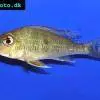 Red
Red  Dority’s
Dority’s 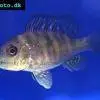 Argentine
Argentine 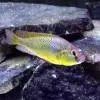 Burton’s
Burton’s  Victoria
Victoria  Haplochromis
Haplochromis 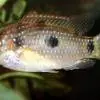 Jewel
Jewel 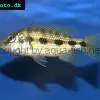 Banded
Banded  Lifalili
Lifalili 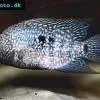 Lowland
Lowland 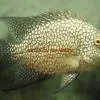 Texas
Texas 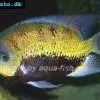 Pantano
Pantano 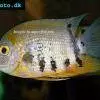 Severum
Severum 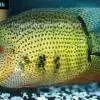 Banded
Banded  Severum
Severum  Rainbow
Rainbow  Parrot
Parrot  Chocolate
Chocolate 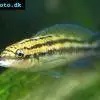 Brown
Brown 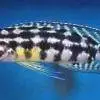 Marlieri
Marlieri  Golden
Golden 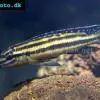 Striped
Striped  Masked
Masked 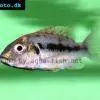 Konye
Konye 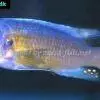 Blue
Blue 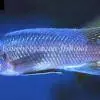 Trewavas
Trewavas  Electric
Electric  Dwarf
Dwarf 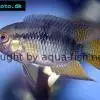 Redbreast
Redbreast  Lamprologus
Lamprologus  Gold
Gold 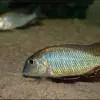 Greenface
Greenface 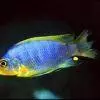 Aurora
Aurora  Blue
Blue  William’s
William’s 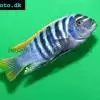 Zebra
Zebra 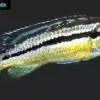 Malawi
Malawi 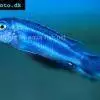 Blue
Blue  Blue
Blue 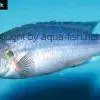 Mbuna
Mbuna 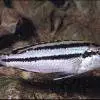 Parallel
Parallel 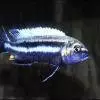 Purple
Purple 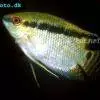 Flag
Flag 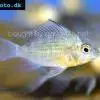 Bolivian
Bolivian 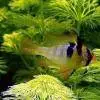 Ram
Ram 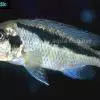 Basket
Basket  Haitian
Haitian 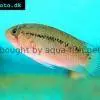 Zebra
Zebra 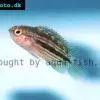 Striped
Striped 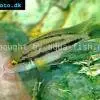 Neolamprologus
Neolamprologus 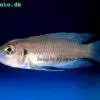 Brevis
Brevis  Fairy
Fairy 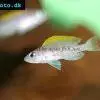 Neolamprologus
Neolamprologus 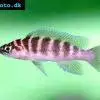 Cylindricus
Cylindricus 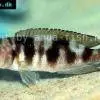 Hecq’s
Hecq’s  Neolamprologus
Neolamprologus  Lemon
Lemon  Mustax
Mustax  Daffodil
Daffodil  Six-bar
Six-bar 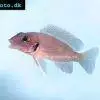 Five-bar
Five-bar  Marbled
Marbled 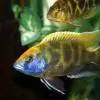 Giraffe
Giraffe 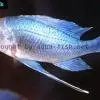 Blue
Blue  Sulphurhead
Sulphurhead 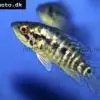 Wolf
Wolf  Jaguar
Jaguar 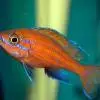 Blue
Blue  Marakeli
Marakeli 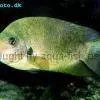 Madagascar
Madagascar  Pinstripe
Pinstripe  Pelmatochromis
Pelmatochromis 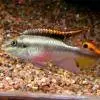 Kribensis
Kribensis  Striped
Striped 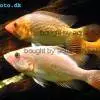 Red
Red 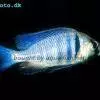 Deepwater
Deepwater 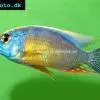 Fenestratus
Fenestratus  Nichols’
Nichols’ 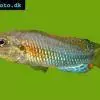 Southern
Southern  Bumble
Bumble 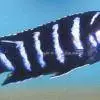 Demason’s
Demason’s  Slender
Slender 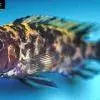 Red
Red  Mbuna
Mbuna 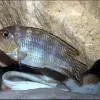 Malawi
Malawi  Kenyi
Kenyi 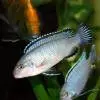 Powder
Powder 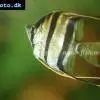 Altum
Altum  Angelfish
Angelfish  Angelfish
Angelfish  East
East  Juba
Juba  Earth
Earth 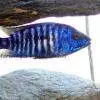 Electric
Electric  Azure
Azure 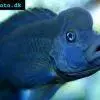 Lionhead
Lionhead  Discus
Discus  Blue
Blue 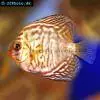 Zebra
Zebra 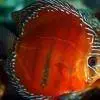 Red
Red 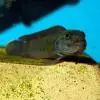 Brichard’s
Brichard’s 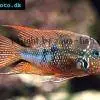 Blue
Blue  Firemouth
Firemouth 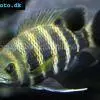 Zebra
Zebra 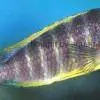 Blue
Blue 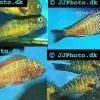 Blunthead
Blunthead 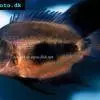 The
The 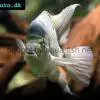 White
White 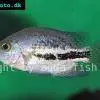 Twoband
Twoband 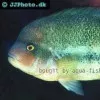 Fenestratus
Fenestratus 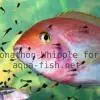 Window
Window  Southern
Southern  Tailbar
Tailbar  Black
Black 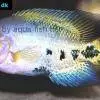 Redhead
Redhead 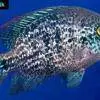 Oaxaca
Oaxaca  Xenotilapia
Xenotilapia